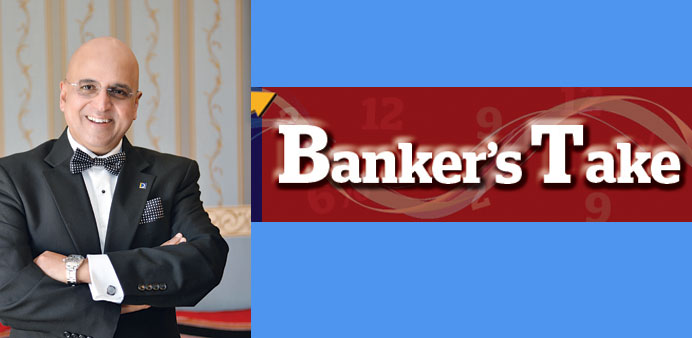We have seen the Fed chair Janet Yellen telling a global monetary policy conference at Jackson Hole that that the case for a rate increase had grown stronger, while Fed vice-chair Stanley Fischer has suggested that a move could come at the central bank’s September policy meeting if the economy was doing well.
The US government data last week showed the economy growing only sluggishly in the second quarter at an annual pace of 1.1%. However Yellen said a lot of new jobs were being created and economic growth would likely continue at a moderate pace.
The Fed already thinks it is close to meeting its goals of maximum employment and stable prices, and Yellen described consumer spending as “solid” while noting that business investment was weak and exports had been hurt by a strong US dollar.
The Fed raised rates in December for the first time in nearly a decade and projected another four hikes in 2016, only to scale that back to two moves in the wake of a global growth slowdown, financial market volatility and slow progress in meeting its 2% inflation goal.
Wall Street markets were mixed on Friday after Yellen in her speech indicated that an increase in interest rates may be coming soon. The Dow Jones fell 0.3% to 18,395.4 points, while the wider S&P 500 index dropped 0.2% to 2,169.04. The Nasdaq climbed 0.1% to 5,218.92.
The Global markets had witnessed a marginal correction last week ahead of the Jackson Hole meeting. On YTD-basis, the Japan stock market had fallen by 14%, Russia up by 25%, Shanghai down by more than 13%, Hangseng up by 4.5%, India up by 7.9%, France down by 4.2%, UK up by 9.5%, Germany down by 1.5% and Brazil up by 33% respectively.
The US dollar rallied quickly to a two-week high after Yellen comments were perceived as hawkish and was at 95.566 by end of last week. The Japanese yen was at 101.84 against the dollar by end of last week. The euro was equal to $1.1198, whereas the pound was equal to $1.3137 by end of last week.
Gold prices swung between gains and losses on Friday after Yellen’s speech sparked speculation over an interest rate increase as early as September and settled at $1321.18/ounce. Silver settled at $18.66/ounce by end of last week.
Oil prices had gained last Friday but settled lower for the week after the Fed chairwoman left the door open for a sooner-than-later rate increase. WTI had ended at $47.64/barrel by end of last week and fell 3% last week. Brent had ended at $49.92/barrel by end of last week and fell by 1.9% in the last week.
Oil prices had wavered last week as investors weighed continued concerns that the global market remains oversupplied against new indications that the Organisation of the Petroleum Exporting Countries could agree to a production freeze in September.
US government bond yields rose last Friday after comments from Federal Reserve officials revived bets that US interest rates will rise this year. The yield on the 2-year Treasury note rose to 0.845% — its highest level since June 2 and ended last week at 0.8428%. The 10-year yield arose after Yellen’s comments to 1.631% and ended at 1.6296% by end of last week.
The 30-year yield arose and ended at 2.2869% by end of last week. Apart from December, the Fed also has policy meetings scheduled in September and November, although prices for Fed funds futures imply investors see chance of a rate increase at either of those meetings.
So we can expect the Fed’s monetary tightening to resume soon. However, the Fed should also weigh global growth certainties as it’s action could result in significant cross-border volatility across the globe and thereby impact growth across economies.
* Dr R Seetharaman is Group CEO of Doha Bank.

Dr R Seetharaman
